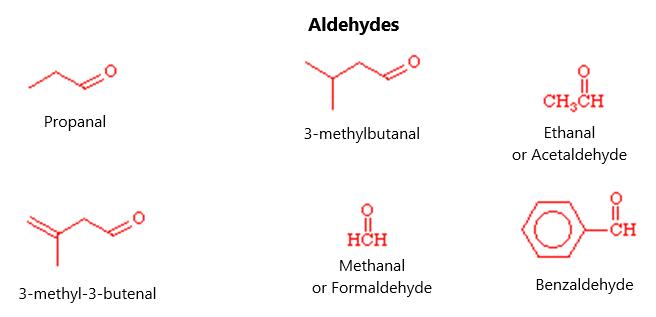The prefixes sec- (for secondary) and tert- (for tertiary) should also be memorized. Secmeans that a carbon atom is attached to two other carbons, while tert- means that the carbon is attached to three other carbons. A quaternary carbon is attached to four other carbons. Examples include 4-sec-butylheptane and 4-tert-butyl-5-isopropylhexane. Neo- refers to as a side chain on the second-to-last carbon atom of the chain being trisubstituted. This means that it has three methyl groups attached to it. This leads to molecules, such as neopentane, shown in figure 35:
Figure 35.
ALKOXIDES OR ALKOXY GROUPS Alkoxides are an organic group that is attached to a negatively charged oxygen atom, with the basic structure of RO-. This leads to methoxy-, which is CH3O- and ethoxy, which is CH3CH2O-. The three main principles of naming include first finding the longest, most substituted chain containing a functional group. Second, make sure that the carbon bonded to the first functional group has the lowest possible number. Third, make sure that the side groups and/or functional groups are written in alphabetical order.
60




























































